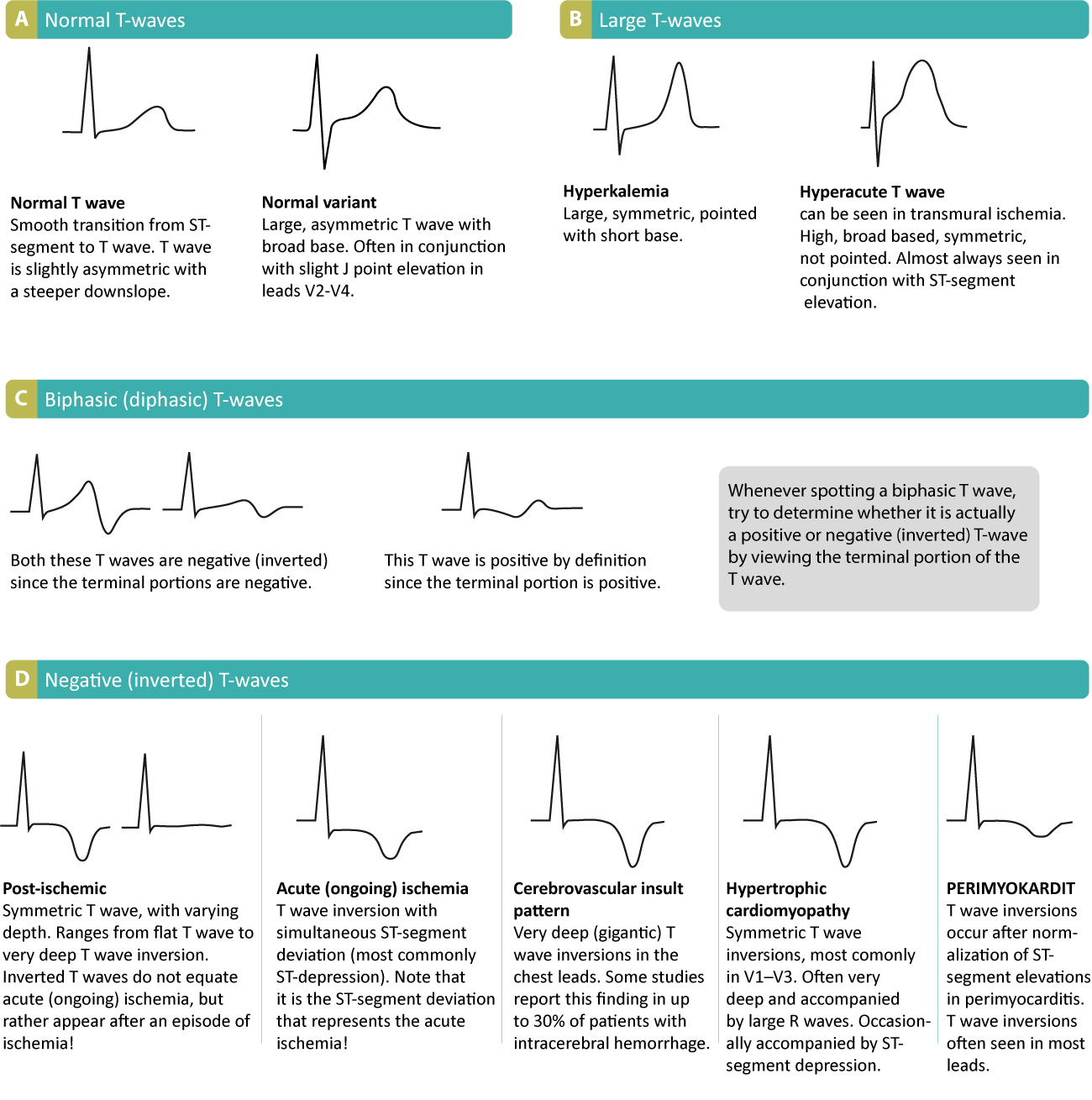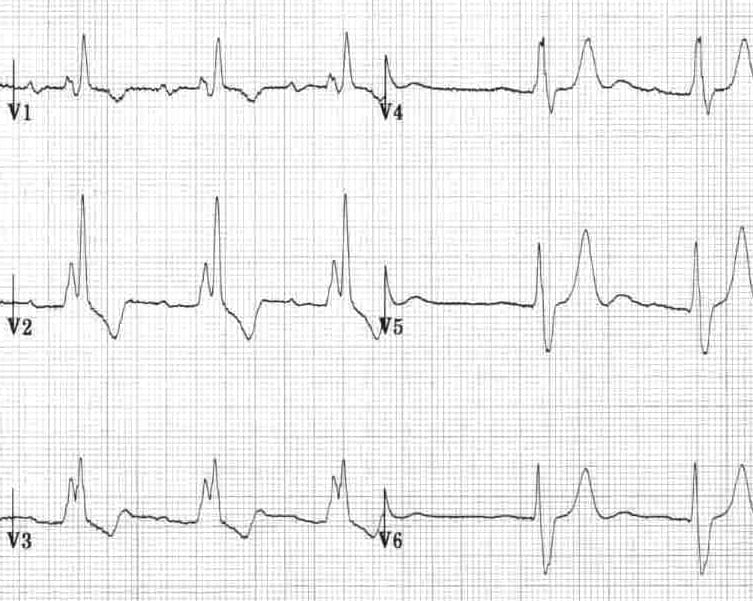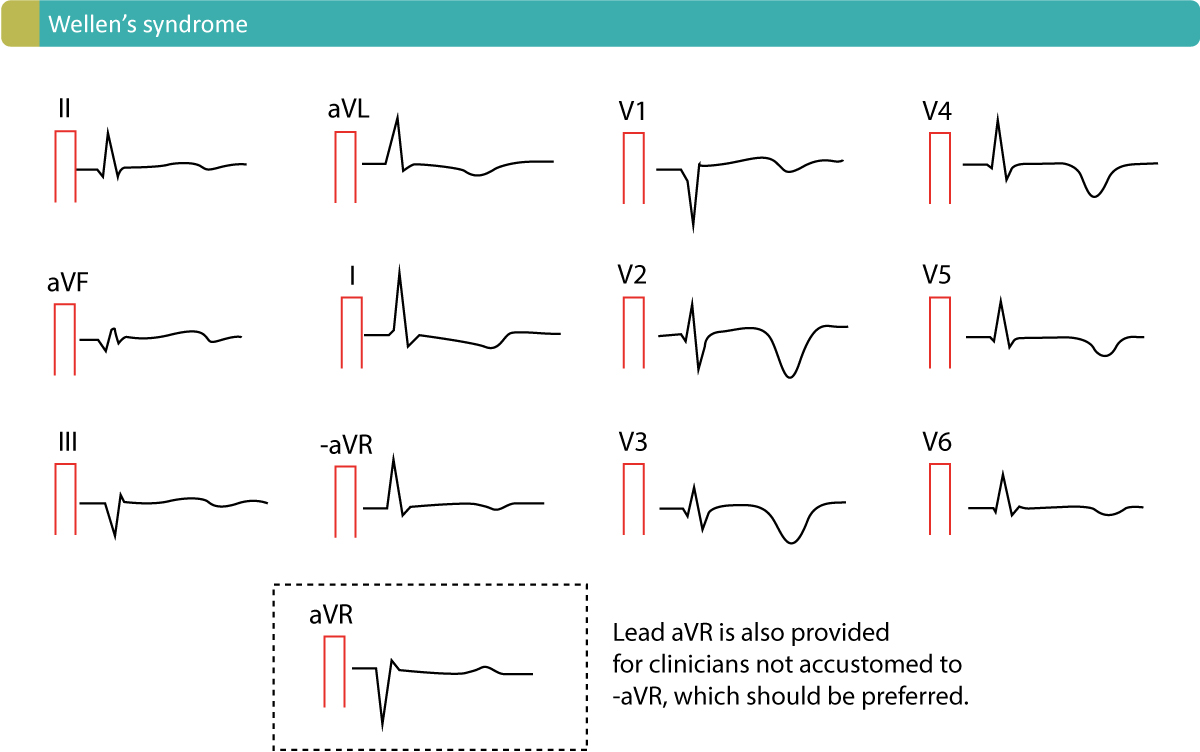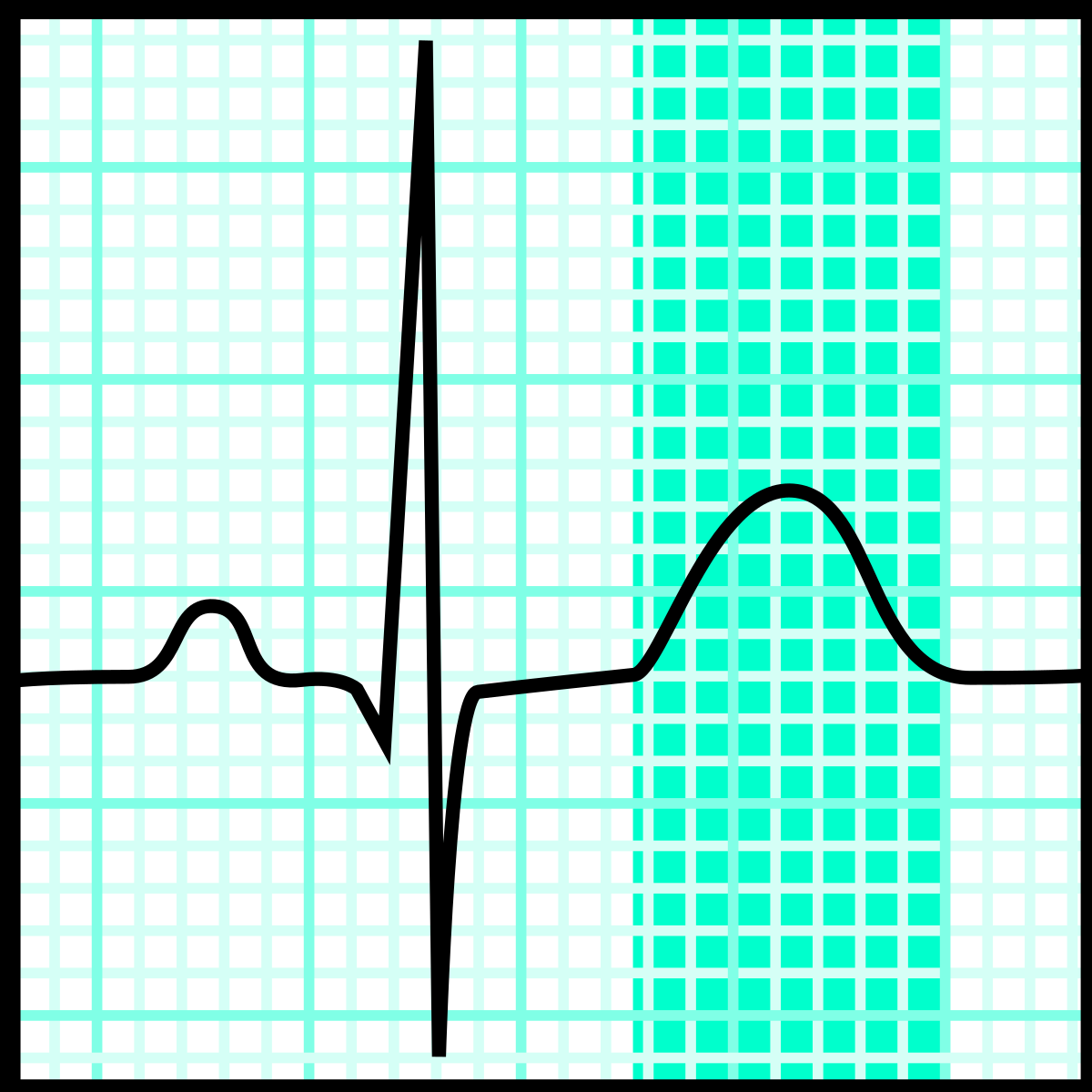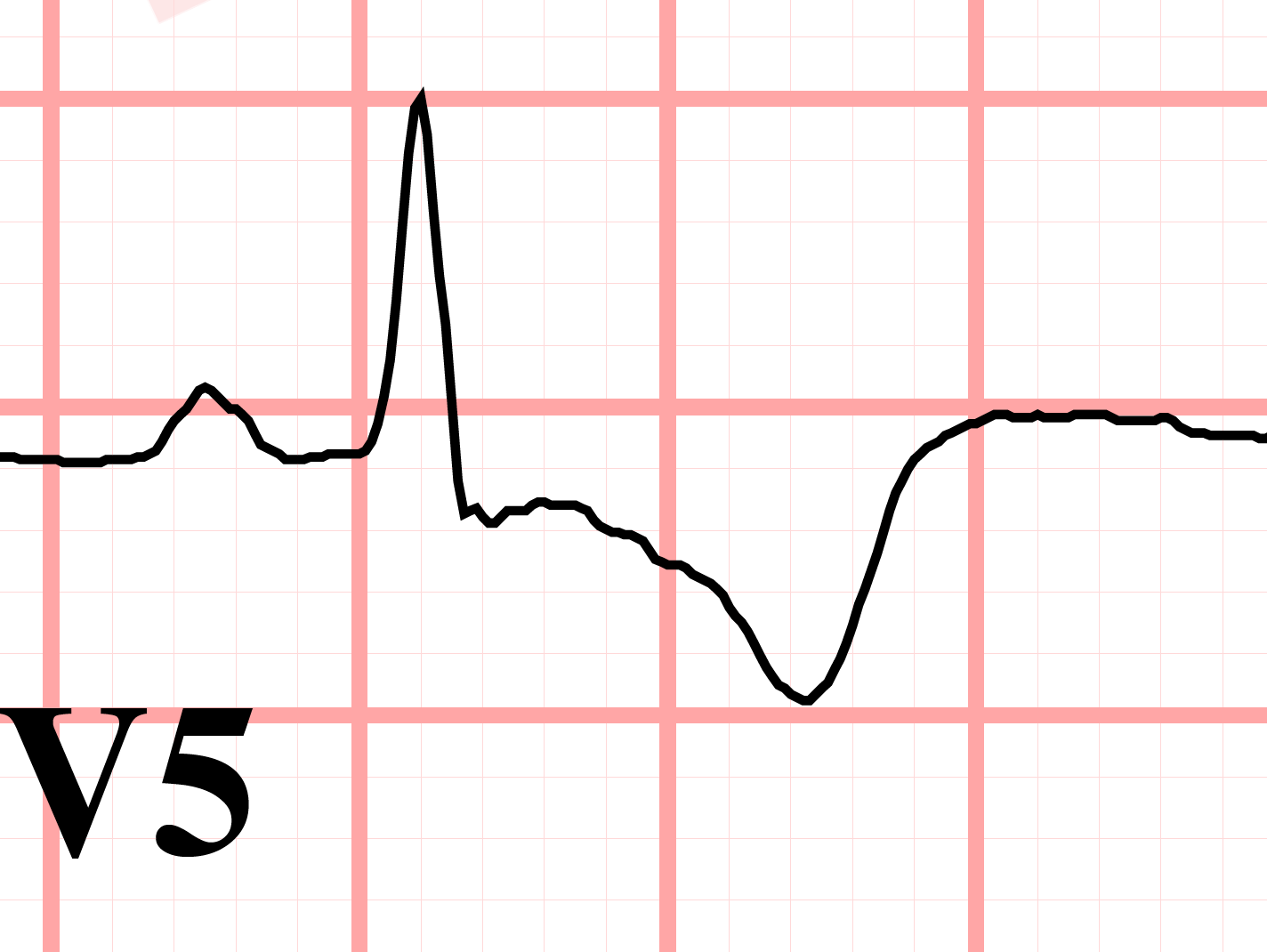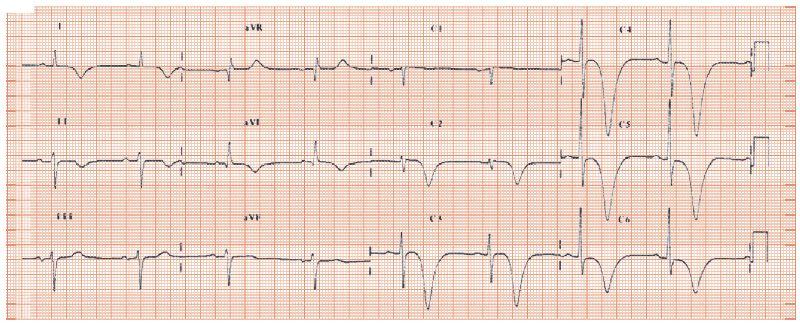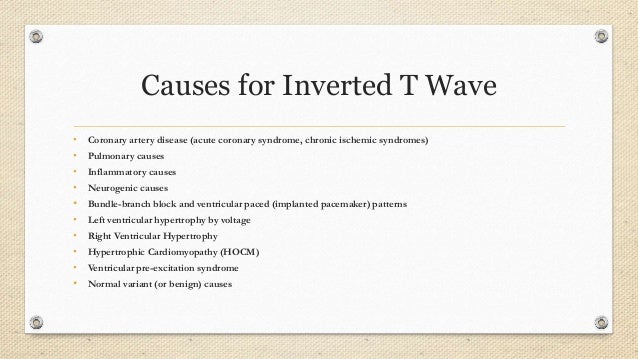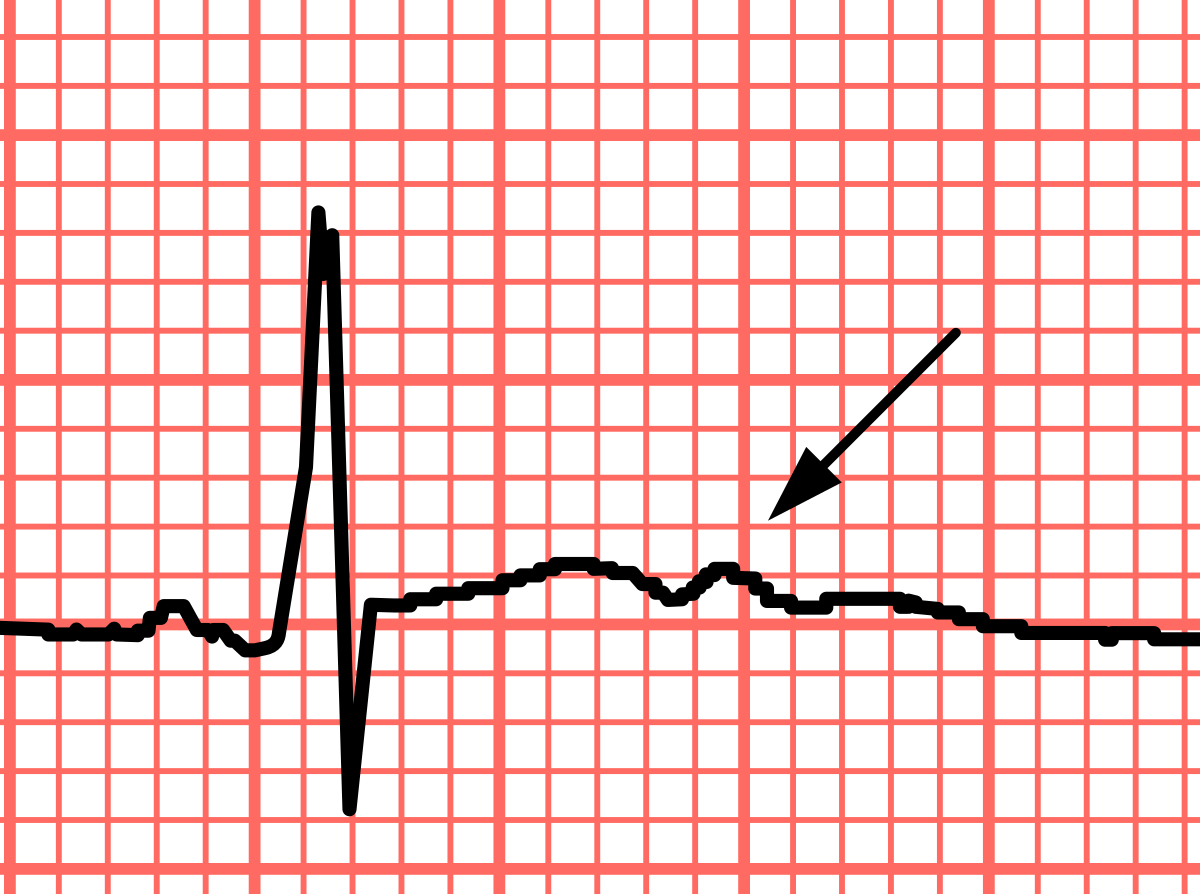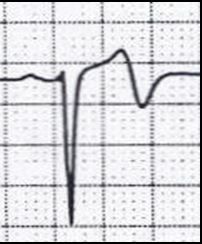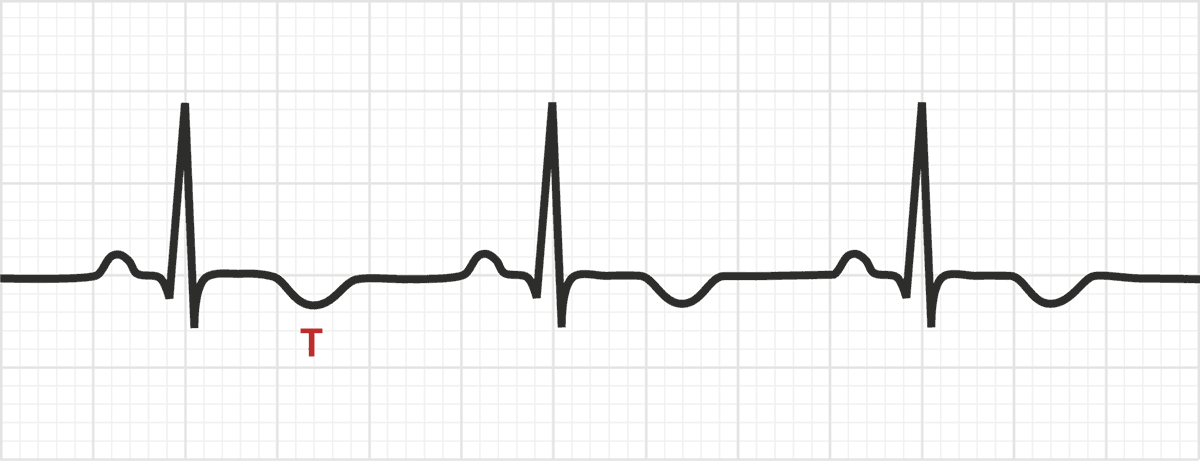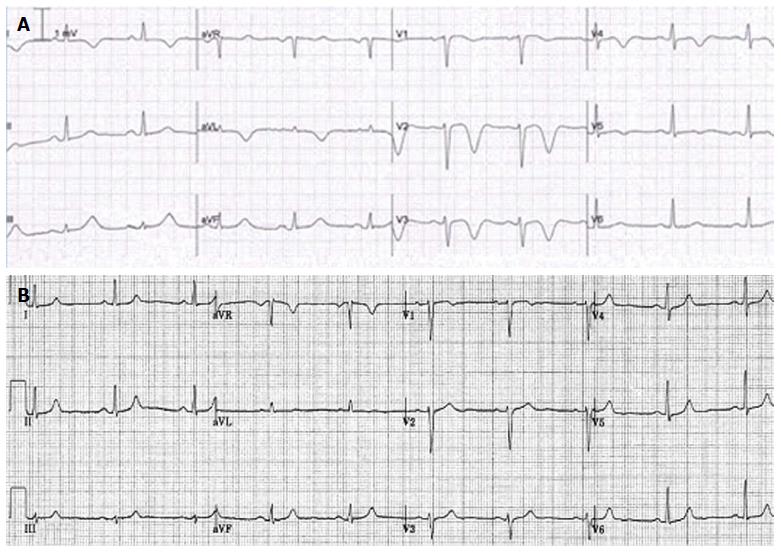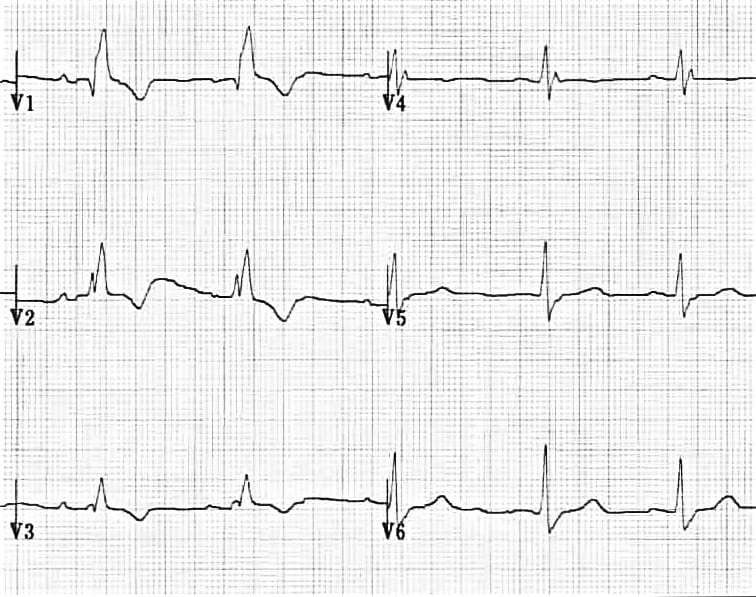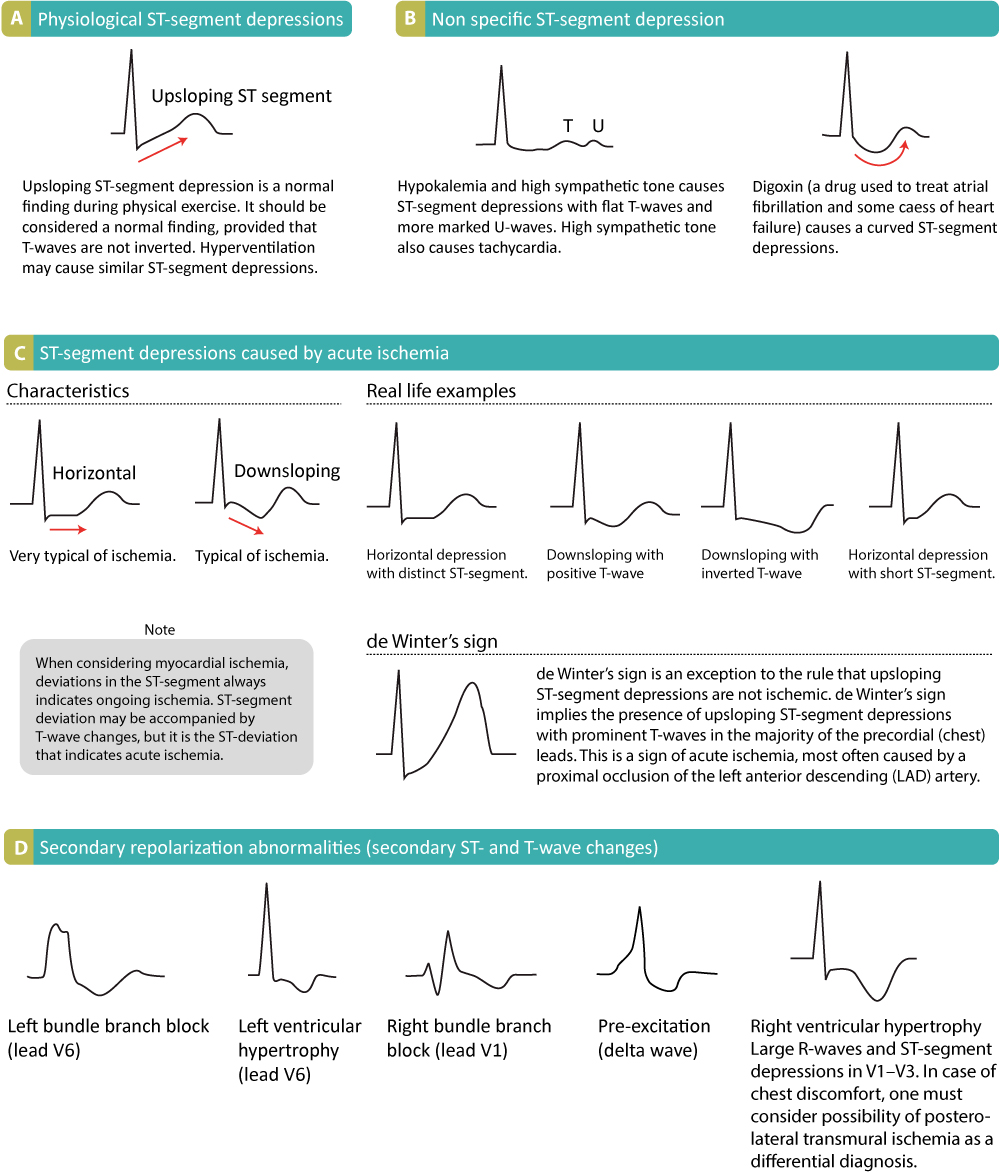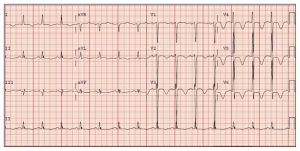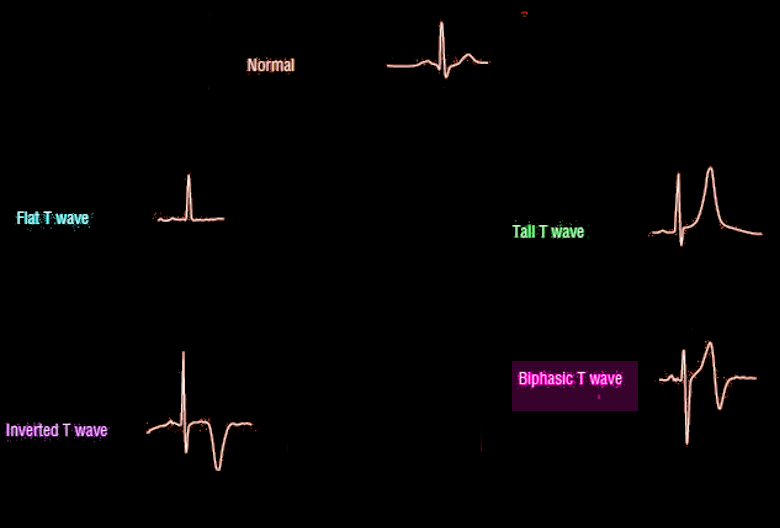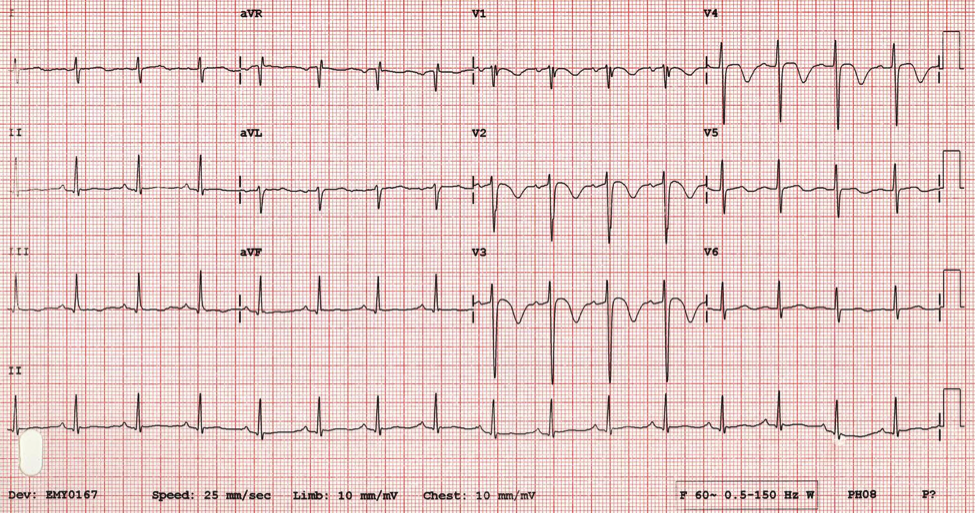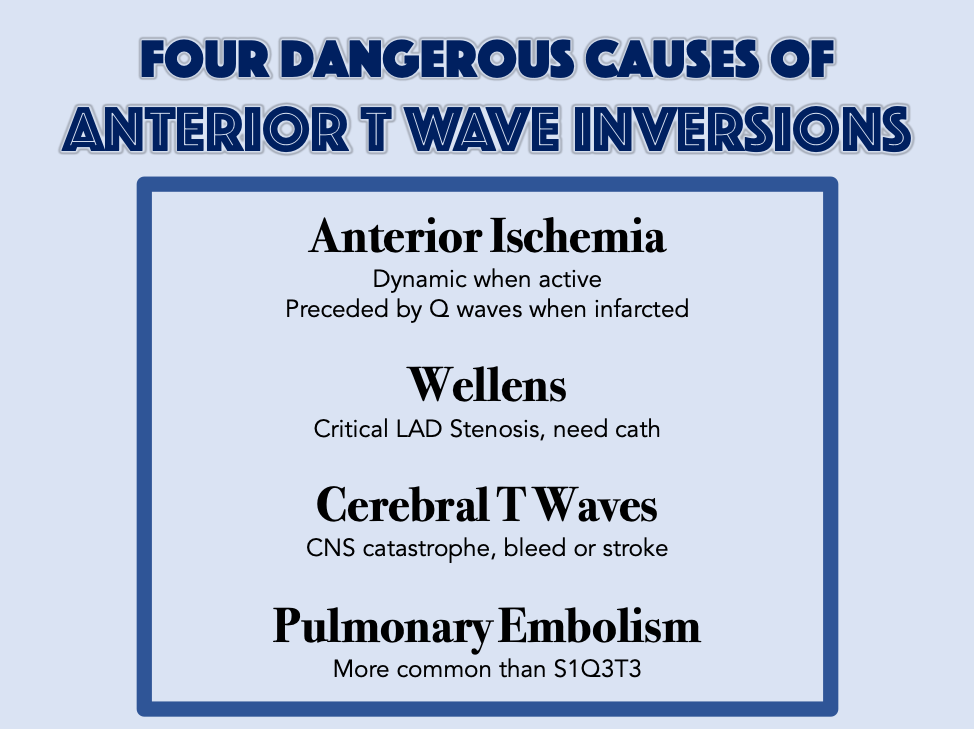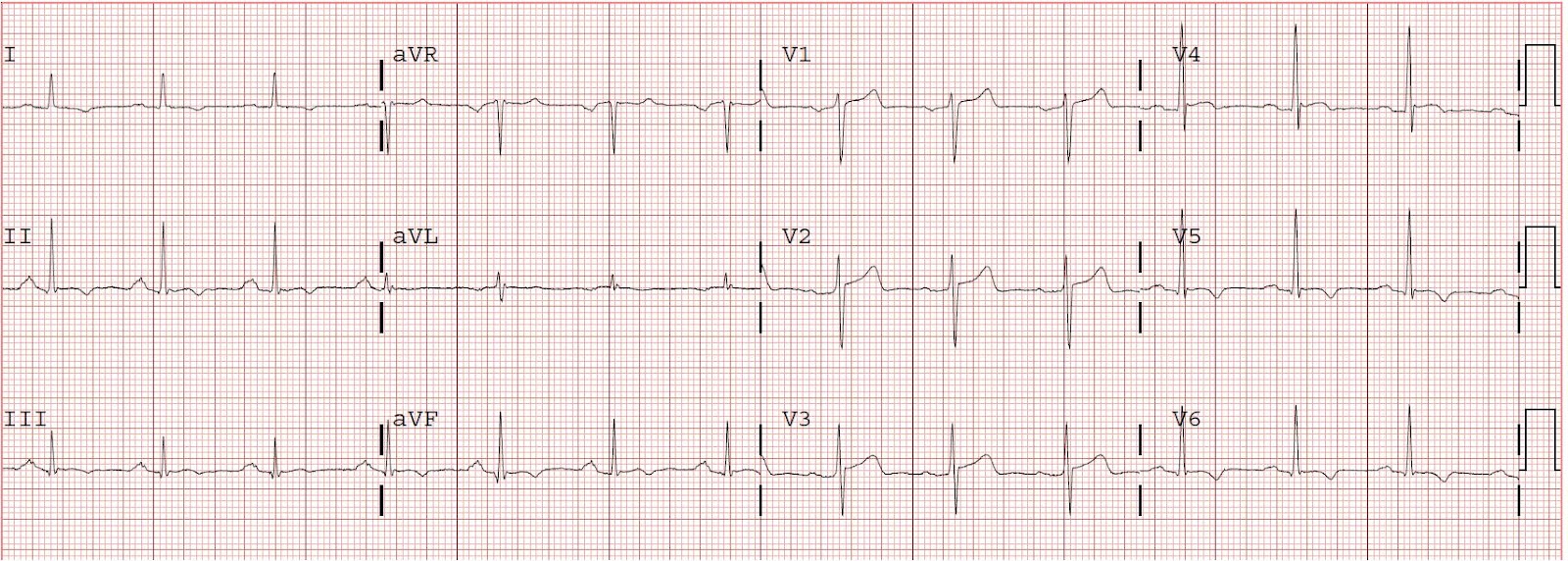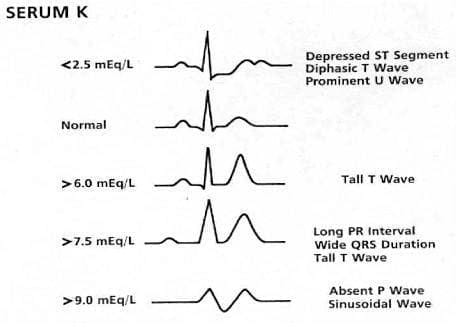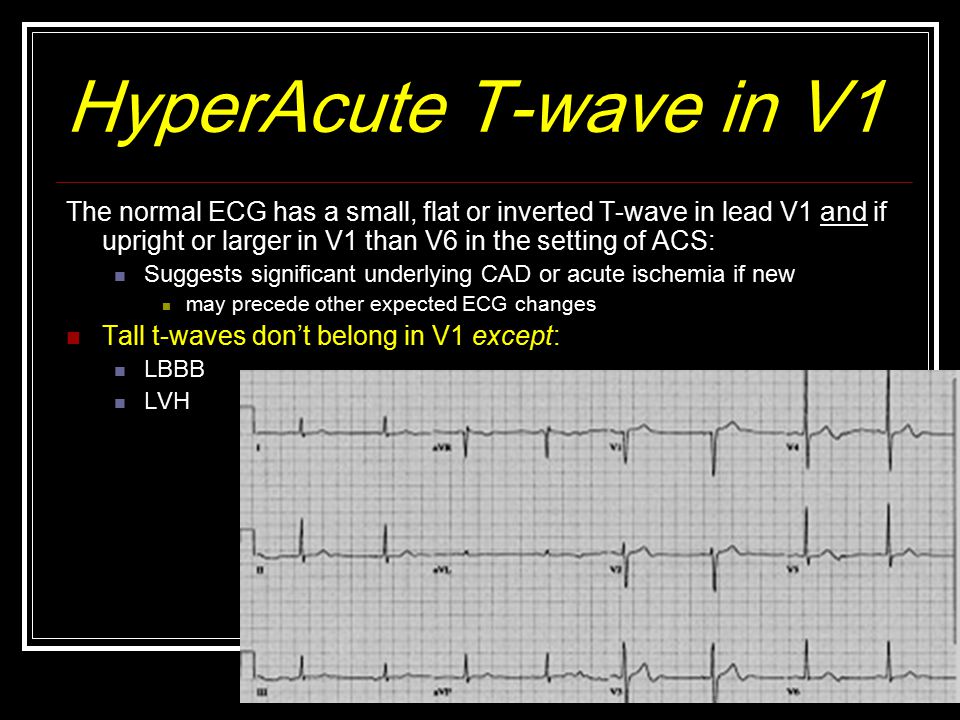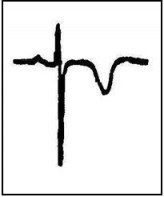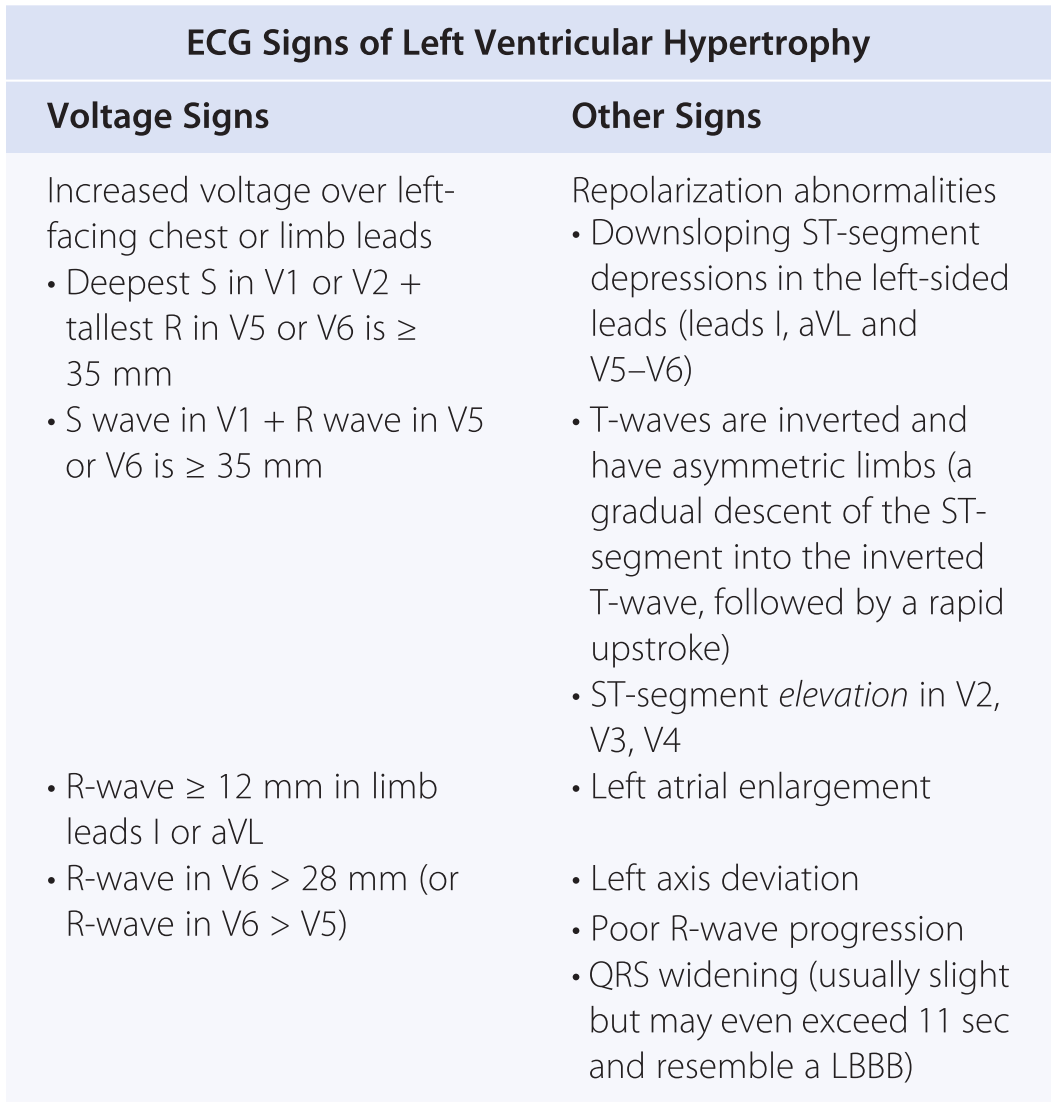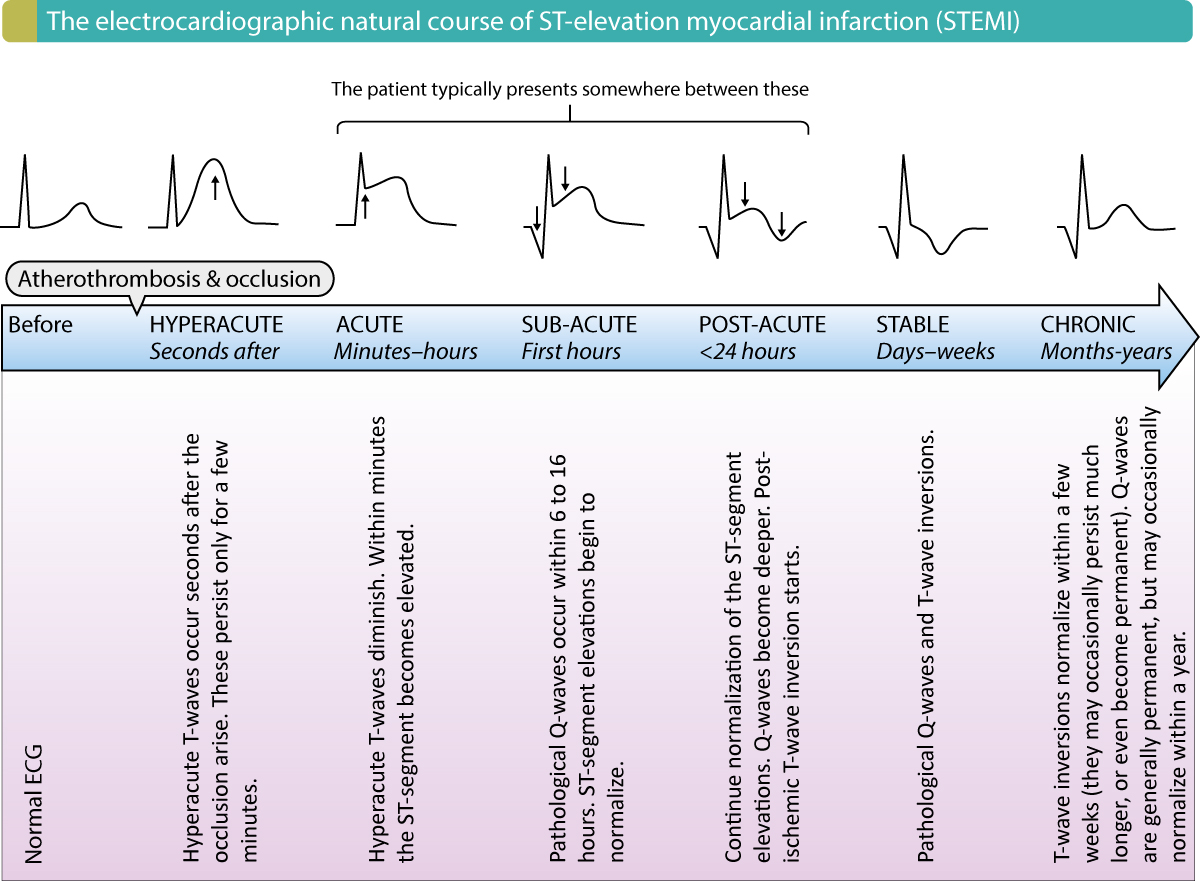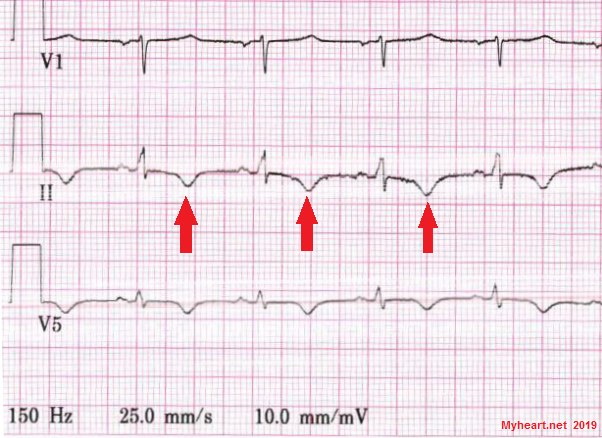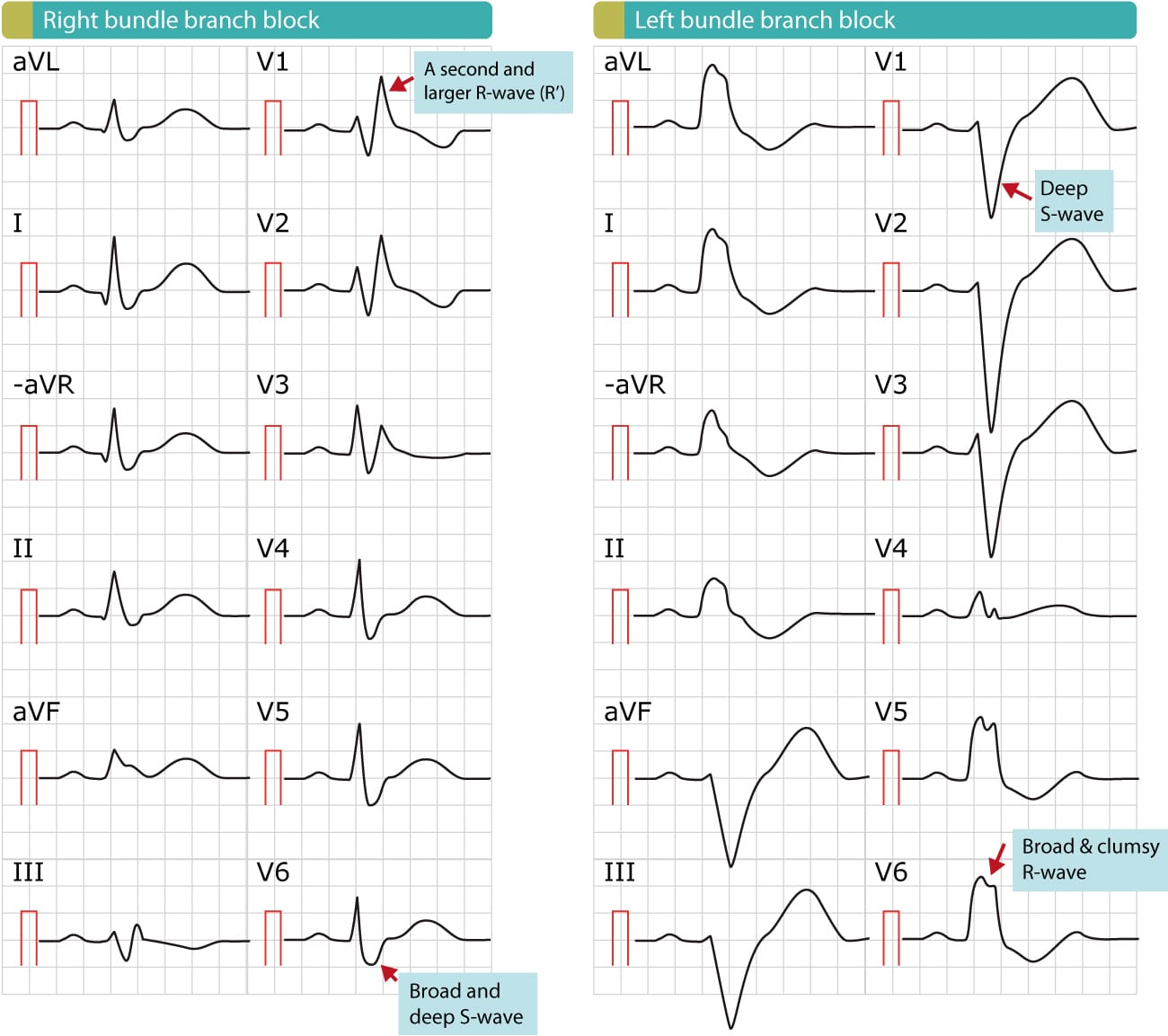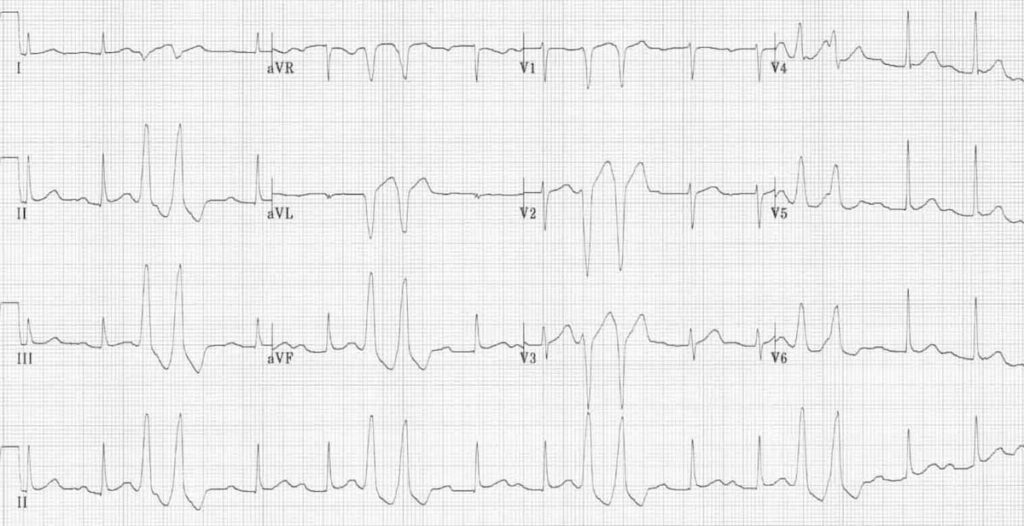Inverted T Wave On Ecg Causes

Causes of inverted t waves.
Inverted t wave on ecg causes. The t wave should be concordant with the qrs complex meaning that a net positive qrs complex should be followed by a positive t wave and vice versa figure 17. The t wave is the ecg manifestation of ventricular repolarization of the cardiac electrical cycle. The t wave is normally upright in leads i ii and v3 to v6. Inverted in lead avr.
There are several causes which may cause abnormal inversion of t wave. Inverted t waves associated with cardiac signs and symptoms chest pain and cardiac murmur are highly suggestive of myocardial ischaemia. Inverted t waves found in leads other than the v1 to v4 leads is associated with increased cardiac deaths. Inverted t waves mean on an ecg that you should go for further testing.
For instance a single inverted t wave in either lead iii or avf can be a normal variant. In normal ecg readings the t wave should be upward. If the readings show different characteristics then you have inverted t waves. Causes of t wave abnormality on ecg.
Inverted t wave is considered abnormal if inversion is deeper than 1 0 mm. Otherwise there is discordance opposite directions of qrs and t which might be due to pathology. And variable in leads iii avl avf v1 and v2. Inverted t waves are always noted in the avr and v1 leads.
In general an inverted t wave in a single lead in one anatomic segment ie inferior lateral or anterior is unlikely to represent acute pathology. Here are some of the most common reasons for inverted t waves. The interpretation of the ecg in the context of the individual patient presentation is mandatory. Thus t wave inversions in leads v1 and v2 may be fully normal.
